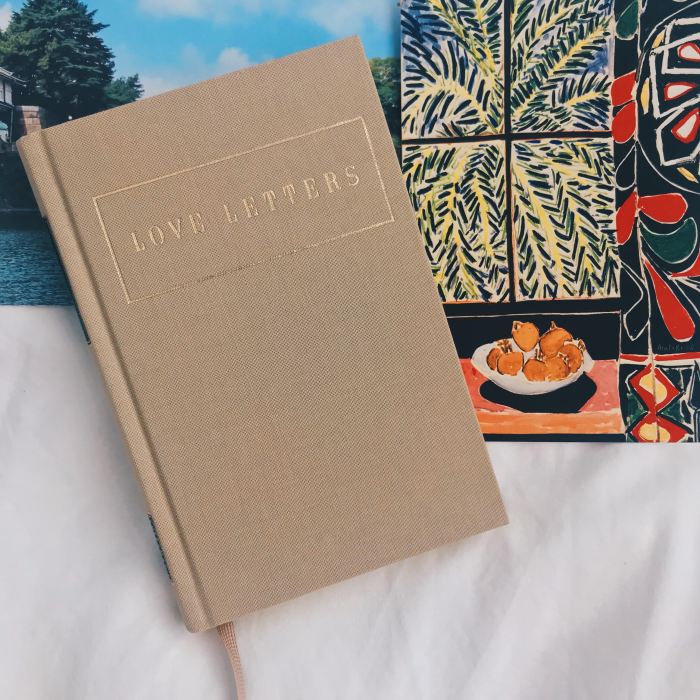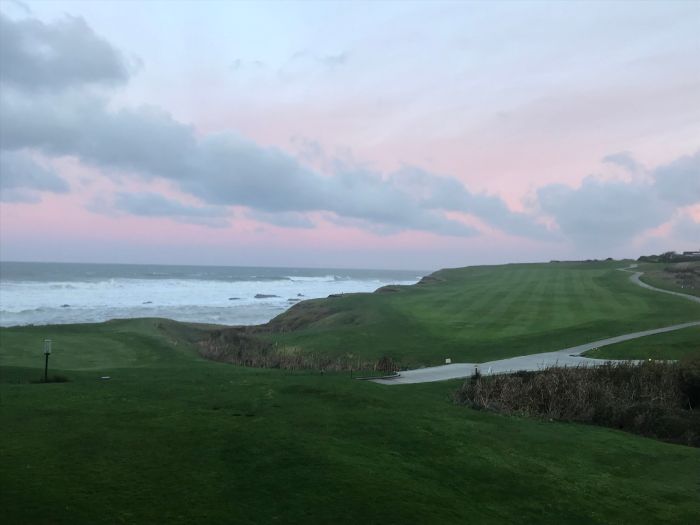Can you believe that we’re in the throes of fashion month? Have you placed your bets on who will wear Tomo Koizumi to the Met Gala this year? To be honest, I’m still in cycles of contemplation after viewing the earlier Spring Haute Couture shows for 2019. Iris Van Herpen was my favorite. Shift Souls is incredibly refreshing: its architectural quality, coupled with its lightness of form and tone that emphasized the body, emphasizes Iris Van Herpen’s commitment to redefining couture. Her use of 3D printing challenges how we think about bodies and movement. It reveals how clothes and style have the power to shift paradigms. So I thought to myself: what does literary style (double entendre intended) reveal about sartorial style in all its forms?
Fiction’s own cup runneth over with characters of memorable styles and personality: Hercules wearing the hide of the Nemean Lion; Countess Ellen Olenska in black satin; Sebastian Flyte in his pyjamas, bathrobe, and teddy bear; Maria Wyatt Lang in her silver vinyl dress; I cringe to admit that Ayn Rand’s Dagny Taggart deserves a shout-out for her showstopper wardrobe (think Fritz Lang’s Metropolis in the form of a bias cut)—the list could go on, and I haven’t even dipped into the world of cinema and TV. Do we have time to talk about Joan Holloway or James Bond or Patsy Stone? It’s a semiotic field day.
I touch base on semiotics because it guides me to a quote from the legendary Diana Vreeland:
“You gotta have style. It helps you get down the stairs. It helps you get up in the morning. It’s a way of life. Without it, you’re nobody. I’m not talking about lots of clothes.”
So clearly, there’s more to style than tweeds and tails. It’s about attitude and personal identity. One might even say it’s tied to one’s raison d’être. So what does clothing have to do with our identity? What does literature have to do with an art form that is so visual and so materialistic?

Here’s my take.
Style in fiction teaches us first and foremost: There is no such thing as neutrality. If you are a human and you have a body, you are either wearing or not wearing clothes. Not wearing clothes is a political statement. And wearing clothes is a social quagmire that feels impossible to get out of. If clothes have the power to express literally everything—from one’s mood to one’s social class—then no matter what you wear (or not wear, or even if you go nude) you are making a decision in relation to your body and how you want to present yourself to your own reflection and to others. We never escape the contradictions of the court of public opinion. One of my favorite examples of this is Viscount Goring of Oscar Wilde’s An Ideal Husband. Lord Goring is a dandy if ever there were one. His love interest, Mabel, discusses him with his father in Act I:
Mabel Chiltern (to the Earl of Caversham). Why do you call Lord Goring “good-for-nothing”?
Earl of Caversham. Because he lives such an idle life.
Mabel Chiltern. Why? He rides every day in the morning, goes to the Opera three times a week, changes his clothes at least five times a day, and dines out every night. You don’t call that leading an idle life, do you?
This is hilarious—did you ever think that changing clothes is an activity of equal weight to horseback riding? We often thing of getting dressed as a passive, thoughtless exercise (or the nine-to-five of fashion models) but Arthur, Viscount Goring, disproves this notion. His father calls this idle, but Mabel jokes that it is the opposite. And in Act III, Lord Goring spends a majority of a scene fussing over clothes. Below is merely the beginning of that buttonhole bit:
[Enter LORD GORING in evening dress with a buttonhole. He is wearing a silk hat and Inverness cape. White-gloved, he carries a Louis Seize cane. His are all the delicate fopperies of Fashion. One sees that he stands in immediate relation to modern life, makes it indeed, and so masters it. He is the first well-dressed philosopher in the history of thought.]
Lord Goring. Got my second buttonhole for me, Phipps?
Phipps. Yes, my lord. [Takes his hat, cane, and cape, and presents new buttonhole on salver.]
Lord Goring. Rather distinguished thing, Phipps. I am the only person of the smallest importance in London at present who wears a buttonhole.
Is this not a tell-tale sign of a detail-oriented personality? In fact, the problem of the play is solved thanks in large part to Goring’s observant attitude when it comes to clothes and jewelry—he saves his best friend, Sir Robert, from the clutches of a conspiracy through the careful maneuvering of a gold bracelet. At the end of the play, an idle man has saved an ideal husband. Lord Goring’s obsession with clothing reveals an acute personality—through this example, we realize that as a whole, clothing expresses qualities and versions of us even before we ourselves express who we are through word or action, just like Lord Goring.

So if every clothing decision we make expresses a version of us (whether we mean for it to or not), then deliberate decisions on clothing can speak even bigger volumes both about our personality. Literature shows that style is not about glamour, but how we use clothes to present ourselves. In fact, one of the most iconic examples of the power of sartorial choices as personality manifested is actually one of the least “glamorous” moments in literary history.
“The moss-green velvet curtains felt prickly and soft beneath her cheek and she rubbed her face against them gratefully, like a cat. And then suddenly she looked at them.”
This is the turning point of Chapter 32 of Margaret Mitchell’s Gone with the Wind. The protagonist Scarlett O’Hara is at her weakest—poor, starving, and unable to pay the taxes on her family estate, Tara. But she is not a wilting Southern belle. Scarlett is ruthless and pragmatic. She decides that she will ask for the money for the tax from Rhett Butler. She loathes the ideal of going to him while looking like a peasant, but there’s no Kardashian glam squad available to her in impoverished Reconstruction Georgia. When she spots her late mother’s green curtains, she finds the solution: she tears the curtains from the rails and creates a dress. Even Rhett briefly falls for this façade, and when the truth (or, her calloused hands) is revealed, he’s more focused on admiring her brazenness and grit.
“…he had never known such gallantry as the gallantry of Scarlett O’Hara going forth to conquer the world in her mother’s velvet curtains and the tail feathers of a rooster.”
This dress is not about Vivien Leigh looking trés chic in green velvet and gold tassels (or Carol Burnett looking just as iconic.) It is a testament to the sheer force-of-will of an immensely unsympathetic character (especially one in a moral framework that is the rallying point of Lost Cause grumbling.) She uses clothing as armor in her bid for survival. What’s more, she uses the most mundane of things—green curtains—to perpetuate her aristocratic brand. This effort is so convincing that it tricks even Rhett (temporarily) into believing her ruse. This literary moment shows that personal style is a potent combination wherein the external materiality of clothing complements (or, hides) our own personality and interior lives and becomes a visual thumbprint that we present to the world.
I think it’s why we smell the desperation off of people who dress in head-to-toe off-the-rack Gucci or are obsessed with dumb Veblenesque hype brands—without actual thoughtfulness, these “styled” looks feel inauthentic and uninspired.
So it may seem counter-intuitive, but I guess that in the end, style within literature shows us that when it comes to style, it isn’t what we wear as much as it is how and why we wear it, and what that makes others feel. Literature’s use of clothing shows that style reveals and occludes our inner lives and manifests an external image for others. This a paradox for a daily activity that is supposed to be intrinsically personal.
And I’m not just talking about the Kate Effect. This paradox seems exacerbated in these contemporary times on nonroyals too. This is because we’re becoming more conscious about ourselves as individual consumers in a global economy. In a world where we’re more aware of eco- and ethically-deliberate alternatives, even making personal clothing choices regarding our style seems like an impactful moral decision.
So I think the first step to more authentic style is just being conscious about how motivations and goals drive our sartorial choices—how do we want to present ourselves to the world? How do we carry ourselves? Are we dressing authentically for ourselves? Are we wearing what makes us feel comfortable, excited, and confident? When we wake up tomorrow, let’s do ourselves a favor and dress for ourselves. Every day is a chance to improve ourselves. So let’s be self-honest about what we want from our clothes and practice better intentionality tomorrow morning and ever after. After all, tomorrow is another day of style.
—
Coda
Alternative ending sentence: As God as my witness, I’ll never wear sweatpants to brunch again!

Mrs. Tependris is an original character by the great Konstantin Kakanias. She’s witty and couture-obsessed with heavy moments of superficial preoccupations. Nevertheless, her sense of style and commitment to her personal spiritual fulfillment are nothing short of indomitable.





